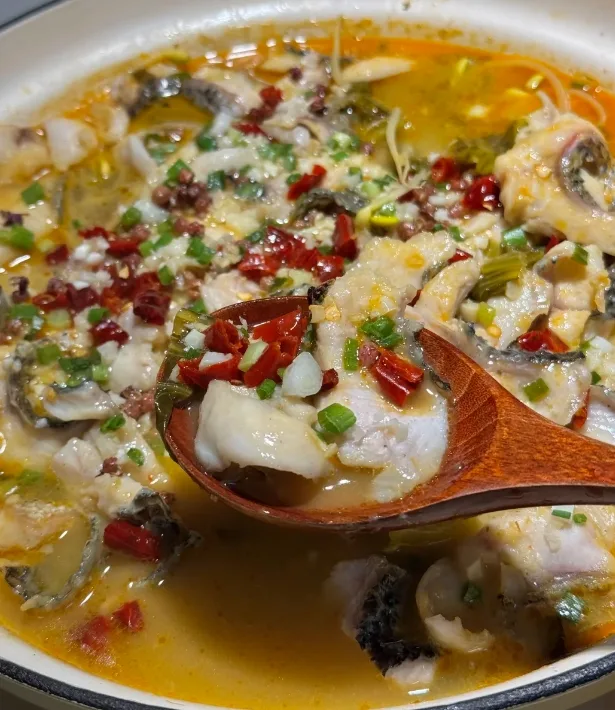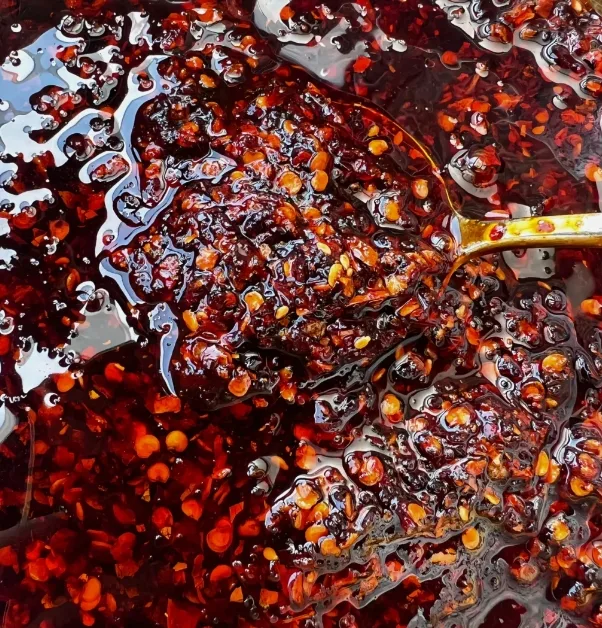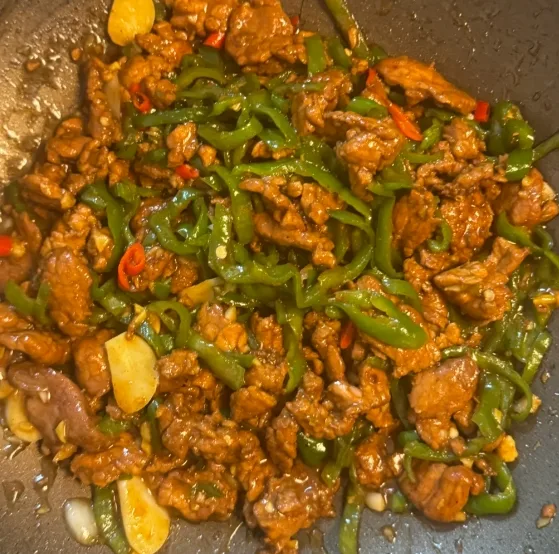When you tell your child you’re making cola chicken wings or sweet and sour pork ribs, they’ll definitely get excited.
But braised prawns in soy sauce will make them instantly quiet with anticipation.
Don’t believe me? Test your child’s reaction – if they say “I don’t want braised prawns”, you’ll still see them devouring it at the dinner table with that telltale greedy look… because this dish is irresistible.
How to choose shrimp
For Braised Prawns in Soy Sauce, the shrimp quality directly impacts the final texture.
I recommend using fresh whiteleg shrimp – medium-sized with firm flesh. Never compromise by buying long-frozen shrimp; thawed ones turn mushy and ruin the dish regardless of cooking technique.
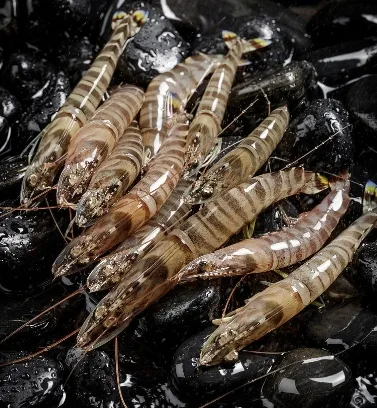
Three selection tips:
✔ Shell should be glossy, not darkened
✔ Heads firmly attached to bodies
✔ Pleasant oceanic aroma (never fishy odor)
How to achieve the perfect crunch
Common coating options include cornstarch and sweet potato starch, each yielding slightly different frying results.
Cornstarch creates a lighter, crispier coating, while sweet potato starch absorbs more moisture, resulting in a drier, crunchier texture that stays crisp longer. I personally recommend sweet potato starch.
To coat properly, dredge the prawns in starch until evenly covered, gently shake off excess, then lightly press to help the starch adhere firmly—this prevents the coating from falling off during frying.
When frying, maintain oil temperature around 180°C (356°F) to quickly set the coating and seal in the prawns’ tenderness.
Today, I’ll focus on authentic Shandong-style braised prawns, but stay tuned for a future tutorial on extra-crispy fried prawns, specially for Food Loyalist fans!
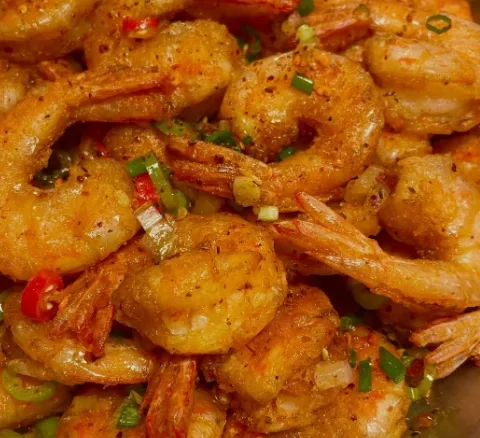
How to Clean and Prepare Prawns
Cut, cut, cut, remove the shrimp vein! This step absolutely cannot be skipped! The shrimp vein is the intestine of the shrimp, which has a strong fishy smell and is dirty.
Using kitchen scissors
Step 1:Cut off the long, prickly rostrum (the sharp spike on the shrimp’s head) and the shrimp antennae.
Step 2: Find the joint between the shrimp head and body, gently pry it open a little, and you’ll see a black mass (the shrimp stomach). Use the tip of the scissors to carefully pick it out and discard it. Then, you’ll clearly see a black shrimp vein—use a toothpick to gently pull it out!
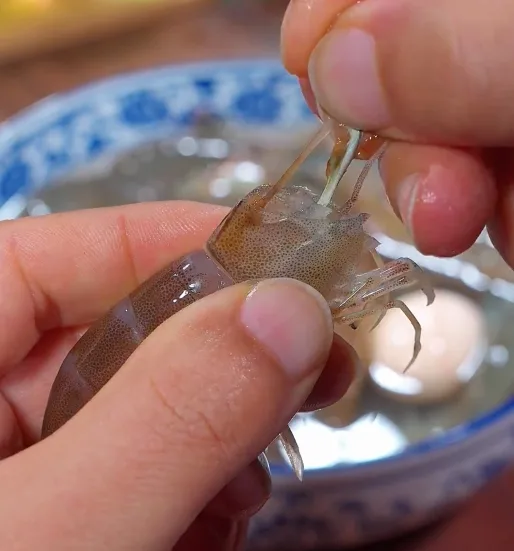
The most crucial Step 3: Butterfly the shrimp! Use the scissors to cut along the shrimp’s back, starting from behind the head all the way to the second-to-last tail segment (leave a bit of the tail connected for presentation). Cutting open the shell is key to allowing the sauce to deeply penetrate the shrimp meat during cooking, doubling the flavor!
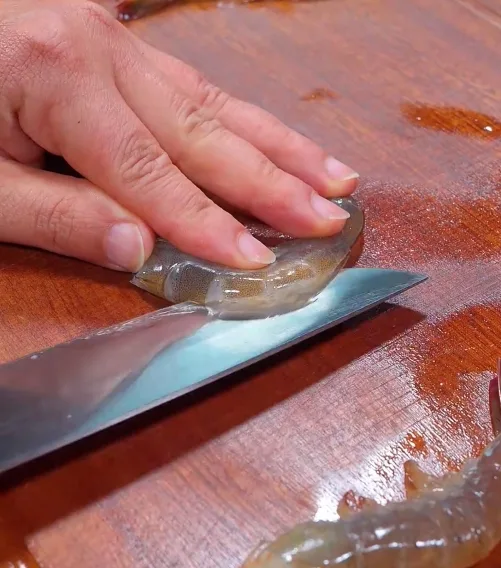
Dry it off—lock in the freshness! Never put the processed shrimp into the pan while they’re still wet. Use kitchen paper to thoroughly dry the shrimp’s body and the inside of the head. Only when the shrimp’s surface is dry can high heat instantly create a crispy aroma when they hit the pan, instead of getting “steamed” tough by the moisture!
Prepare the Shrimp Sauce
In a bowl, add 1 tablespoon of light soy sauce, 1 tablespoon of cooking wine, a pinch of sugar, and a dash of white pepper.
Light Soy Sauce:Adds saltiness and umami (base flavor), enhancing the sauce’s richness.
Cooking Wine:Removes fishiness and adds aroma; alcohol evaporates to eliminate odors while imparting a subtle fragrance.
White sugar: Balances saltiness, boosts umami, and rounds out the flavor (a small amount won’t make it sweet).
White Pepper:Further neutralizes fishiness with a warm, spicy note that stimulates the appetite.
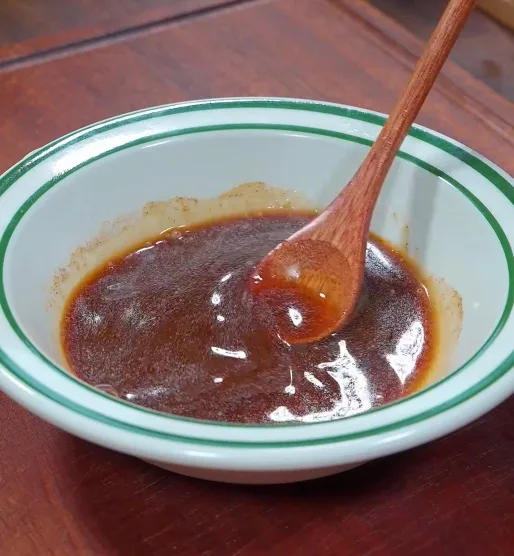
Can you use alternative seasoning?
No cooking wine? Don’t worry! Here are perfect substitutes you can use:White wine or dry sherry (best alternative, use same 1:1 ratio for a mild fruity flavor);
or beer (ideal for fried/grilled dishes to tenderize with malty notes). Remember to avoid soy sauce (too salty) and strong liquor (overpowering). Now you’re all set to cook amazing dishes even without cooking wine!
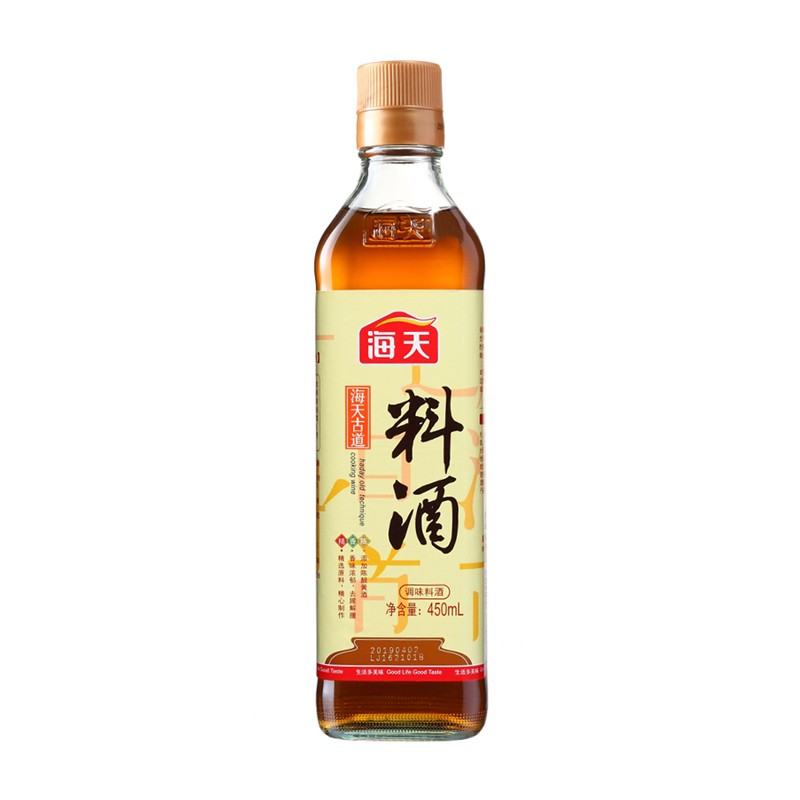
Can white sugar replace rock sugar?
It is highly discouraged to substitute rock sugar with white sugar here. Rock sugar delivers a mellower sweetness and creates glossier sauces, while white sugar dissolves faster and is better suited for quick seasoning. In Chinese culinary practice, we have a fundamental principle: “When sugar outweighs salt, it enhances sweetness; when sugar is outmatched by salt, it elevates umami.
Simple Marinating Method
Scallion:The pungent aroma of scallions completely overrides the shrimp’s fishy smell! We’re specifically targeting and neutralizing those pesky seafood stink molecules here—that’s why I’m using thick scallion segments.
Ginger:The gingerol actively decomposes the shrimp’s distinct ( shrimp’s natural fishy odor) while boosting umami! After marinating, just smell it—guaranteed only ginger’s fragrance remains, zero shrimpiness.
Salt: This process slightly firms up the shrimp flesh, ensuring bouncy tenderness when stir-fried.
Massage evenly and marinate 10 minutes! Now your shrimp are odor-free and perfectly textured, so when we add (light soy sauce) later, the flavor soaks deep into every fiber!
If you’re ready to get cooking, follow me! We’re making Chinese-style braised prawns – and they’re gonna be amazing!
Step-by-Step Cooking Instructions
Heat your wok with more oil than usual (about 3 tbsp). At 180°C (when oil shimmers but doesn’t smoke), add prawns in a single layer. Sear over medium heat until golden brown on both sides – your kitchen will smell like a seafood heaven at this point!
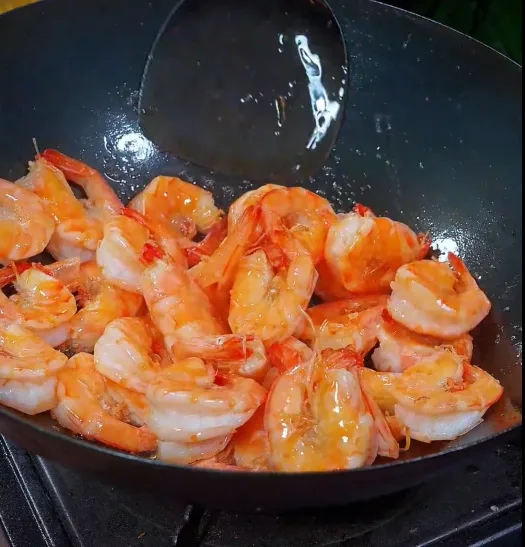
When prawns turn jewel-bright,Add minced garlic and sliced scallions, stir-fry for 3-5 mins until fragrant.
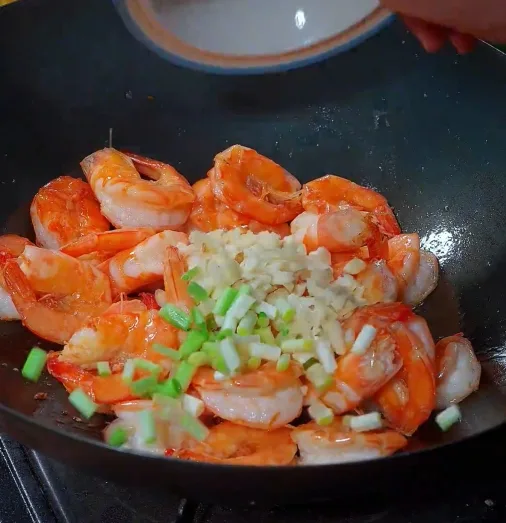
Pour in the premixed sauce*Crank up the heat and toss vigorously until sauce reduces by 2/3.
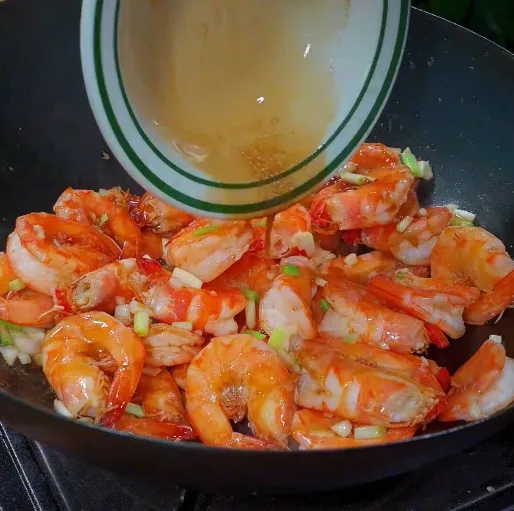
Finish with fresh scallion ribbons for that perfect restaurant-style gloss!
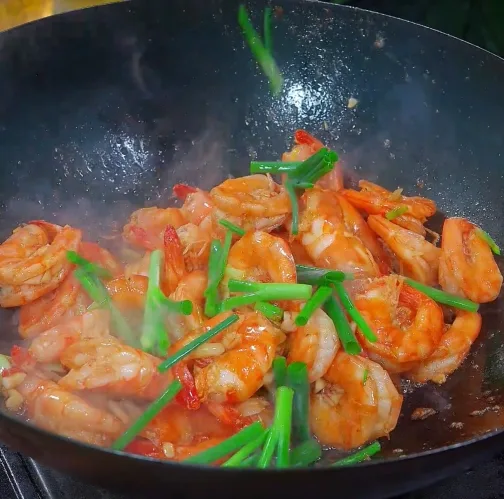
Butter Garlic Prawns (Chinese Style)
Recipe by Chinese Food Loyalist10
minutes10
minutes20
minutesIngredients
Light soy sauce: 1 tablespoon
Shaoxing wine: 1 tablespoon
White sugar: ½ teaspoon
White pepper: ¼ teaspoon
Scallions: 3-4 stalks
Ginger: 5 thin slices
Salt: ½ teaspoon
Cooking oil: about 3 tablespoons
Garlic: 3 cloves, minced
Extra scallion: 1 stalk, cut into ribbons
Directions
- Heat 3 tbsp oil in a pan
- When hot, add prawns in one layer
- Fry 2-3 minutes each side until golden
- Throw in chopped garlic and scallions
- Cook 1 minute until fragrant
- Pour in the mixed sauce
- Cook on high heat 1-2 minutes until sauce thickens
- Sprinkle with fresh scallions
Recipe Video
Notes
- Always start with live prawns – dead ones turn mushy and develop strong fishy odors.
- If using frozen:Soak in cold water with 1 tbsp cooking wine + ginger slices.10-minute bath neutralizes freezer smells


